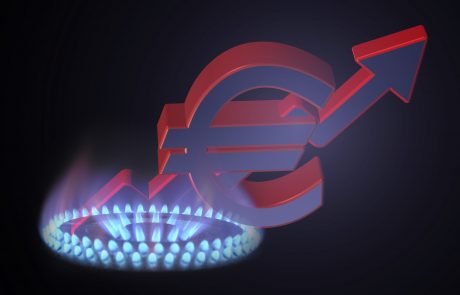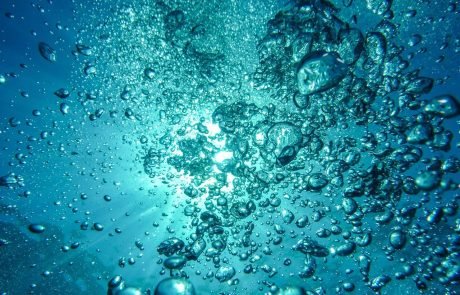The President of the European Commission, Ursula van der Leyen, told MEPs on 8 June that a radical reform of the electricity market was needed. For her, “the electricity market
All posts in Energy
A couple days ago, European Commission President Ursula von der Leyen gave a speech on the “State of the European Union” in front of the European Parliament in Strasbourg. She
A team of researchers from Imperial College London, UK, developed drones capable of 3D printing to build and repair structures while flying, according to a study published in Nature. The
The agricultural sector is facing enormous pressure. The aim of feeding the world population while reducing environmental impact and protecting natural reserves is not easy to achieve. Innovative technologies are
A shortage of sulphuric acid could stop the advancement of green technology and threaten food security, according to a study published in the Royal Geographical Society journal The Geographical Journal. Global
Any scenarios presented by BP, Royal Dutch Shell, and Equinor will not meet the Paris Agreement target, according to research by an organisation called Climate Analytics. This organisation includes researchers from
The amount of carbon stored by plankton is going to increase over the next 100 years, according to researchers based at the University of Bristol and the National Oceanography Centre
A team of researchers from the University of Essex, UK, developed a new app using cutting-edge AI that can boost your smartphone battery by 30%. According to the authors, this
Biogas and biomethane are more climate-friendly than non-renewable options but leak more than twice as much methane as previously thought, according to a study published in the journal One Earth.
Nanoparticles that copy plant pigment could be used to build better solar panels in the future
A team of biologists and engineers from the University of Surrey, UK, developed a new device that could be used to build more efficient solar panels, according to a study









